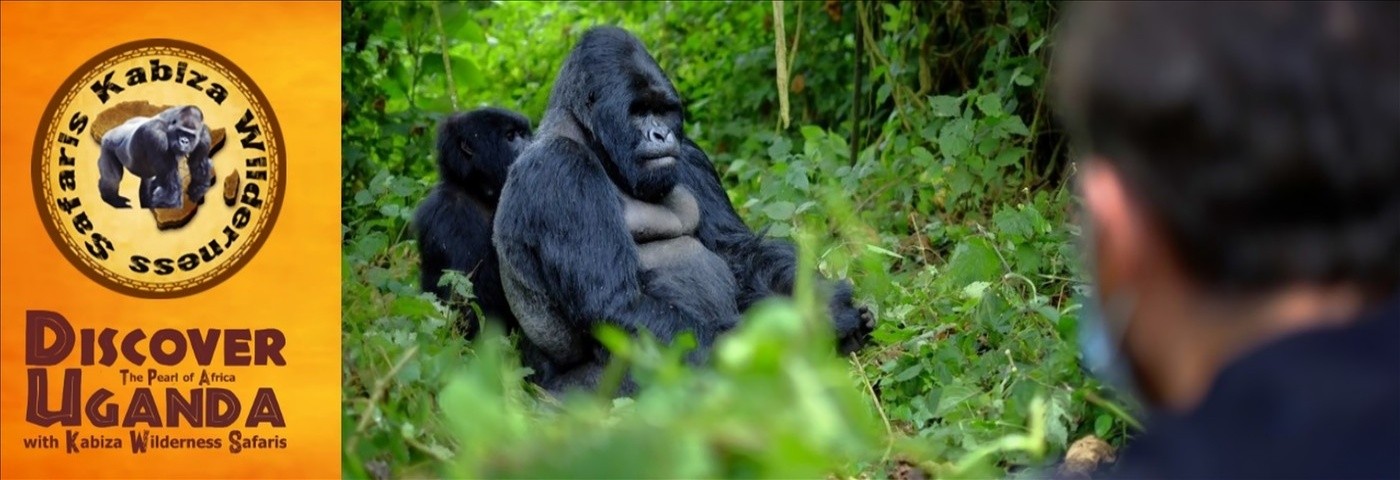Learn the Chimpanzee – Background – Information – Habits- Uganda
How Chimpanzees Exist in the Wild of African Forests of Uganda
 All About Chimpanzees in the Wilds of Uganda: Let’s dive into the fascinating world of chimpanzees in the African forests of Uganda and Rwanda. Currently, Uganda boasts a chimpanzee population of over 5,000 individuals residing in protected areas like national parks and forests and unprotected regions. These adaptable creatures have managed to navigate the changing landscapes and coexist with the presence of humans in their surroundings. gn
All About Chimpanzees in the Wilds of Uganda: Let’s dive into the fascinating world of chimpanzees in the African forests of Uganda and Rwanda. Currently, Uganda boasts a chimpanzee population of over 5,000 individuals residing in protected areas like national parks and forests and unprotected regions. These adaptable creatures have managed to navigate the changing landscapes and coexist with the presence of humans in their surroundings. gn
Once widespread across Sub-Saharan Africa, chimpanzees were found in more than 25 countries. Today, their range has shrunk to only 21 countries, and their future appears grim due to the escalating human population and the subsequent encroachment on their traditional habitats, including in Uganda.
Deforestation poses a severe threat. It occurs for various reasons, such as clearing agricultural land, legal or illegal logging for profit, and industrial farming for crops like tobacco, sugar, cotton, maize, sunflower, and more.
Additionally, the conflict between humans and chimpanzees exacerbates the challenges faced by these incredible primates. Chimpanzees often raid gardens and villages for food, leading to clashes with local communities. In response, villagers sometimes retaliate in various ways.
Throughout Sub-Saharan Africa, including Uganda, chimpanzees are under significant threat. The Ugandan government has taken commendable steps towards chimpanzee conservation. Laws are in place to prohibit the killing, trapping, or injuring of chimpanzees. However, the effectiveness of these laws relies on their strict enforcement, with consequences that serve as strong deterrents against illegal acts.
Governments must prioritize the protection of chimpanzees both within and outside of parks. This involves implementing and rigorously enforcing anti-deforestation measures. It also entails educating local communities on living harmoniously with chimpanzees in nearby parks. Providing communities with a share of the entrance fees from eco-tourism in the parks helps demonstrate the benefits of preserving chimpanzees and their habitats.
The survival of these remarkable beings relies on our collective efforts to protect their habitats, enforce conservation laws, and promote sustainable practices. Doing so can ensure a brighter future for chimpanzees in Uganda, Rwanda, and beyond.
Chimpanzee – Background – Information – Habits- Uganda
Chimpanzees: Our Closest Relatives with 98.7% DNA Similarity to Humans
 Chimpanzees, our incredible relatives, share 98.7% of their DNA with humans. Let’s explore these fascinating creatures in more detail.
Chimpanzees, our incredible relatives, share 98.7% of their DNA with humans. Let’s explore these fascinating creatures in more detail.
Physical Characteristics of Chimpanzees:
Chimpanzees possess sturdy bodies with long arms, short legs, and a notable feature – they lack tails. Their bodies are covered in long, black hair, although certain areas like the ears, fingers, face, and toes are hairless.
These primates have robust hands with a firm grip, enabling them to pick up objects, including tools, which they sometimes use as tools themselves.
Habitats of Chimpanzees: Chimpanzees predominantly inhabit rainforests, such as the renowned Kibale Forest in Uganda and Nyungwe Forest in Rwanda. They can also be found in forested areas bordering savannas, where recent studies have shown their remarkable ability to adapt to changing conditions brought about by human encroachment.
Behavior of Chimpanzees: Chimpanzees live in social groups known as troops, consisting of 30 to 80 individuals. Within these troops, smaller sub-groups may form, comprising just a few chimpanzees, sometimes exclusively male or female.
 These clever creatures exhibit remarkable behaviors. For instance, they chew leaves to create a sponge-like tool, which they dip into streams or lakes to extract and consume liquid. They also employ sticks and twigs to remove termites or ants from their nests, and they possess the skill to crack open nuts using stones.
These clever creatures exhibit remarkable behaviors. For instance, they chew leaves to create a sponge-like tool, which they dip into streams or lakes to extract and consume liquid. They also employ sticks and twigs to remove termites or ants from their nests, and they possess the skill to crack open nuts using stones.
Chimpanzees spend significant time on the ground, occasionally walking upright for short distances. They construct nests in trees or even based on sleep during the night or midday slumbers. They have been discovered to engage in crop-raiding expeditions outside protected areas, like Kibale Forest, on moonlit nights.
Diet of Chimpanzees: In the morning, chimpanzees forage for fruit, supplemented by leaves and even flowers, in the surrounding area. They handpick fruits and may consume berries directly from the stems. Additionally, chimpanzees feed on ants termites, and, surprisingly, in the case of Kibale Forest, they have nearly hunted the Red Colobus Monkeys to extinction.
Chimpanzee Communication: When encountering chimpanzees during chimpanzee trekking or an all-day habituation experience, you’ll likely hear them before seeing them. These vocal creatures are among the noisiest beings on the planet. They communicate through diverse sounds, including warning cries that pierce the forest’s stillness and can be heard over a kilometer away. They communicate with hoots, screams, and grunts and even use hollowed-out trees as drums. Chimpanzees demonstrate affection by engaging in behaviors like kissing, holding hands, and grooming each other. Some individuals even form close friendships, spending more time with specific chimps.
through diverse sounds, including warning cries that pierce the forest’s stillness and can be heard over a kilometer away. They communicate with hoots, screams, and grunts and even use hollowed-out trees as drums. Chimpanzees demonstrate affection by engaging in behaviors like kissing, holding hands, and grooming each other. Some individuals even form close friendships, spending more time with specific chimps.
Baby Chimpanzees and Reproduction: Female chimpanzees give birth to a baby chimp approximately every four years. During their estrus cycle, females mate with several males. The mother cares intensely for her newborn, cradling it against her breasts. After around five months, the baby can sit and walk. Youngsters remain with their mothers for about three years, relying on them for sustenance. Around four years of age, they start venturing out on their own. Chimpanzees reach sexual maturity at eight to ten years, and the reproduction cycle begins anew.
Threats to Chimpanzees: Chimpanzees face numerous threats, the most significant being the loss of their habitat due to human encroachment and deforestation. They are also susceptible to diseases, including those that have affected human populations throughout Africa, including deadly viruses.
Leopards pose a natural threat to chimpanzees and can be found in all the forests where these primates reside in Uganda.
As we continue to learn more about these incredible beings, protecting their habitats and raising awareness about their conservation is crucial. By doing so, we can ensure a future where chimpanzees thrive alongside humans, preserving the remarkable connection we share.
If you want to learn more about Chimpanzee – Background – Information – Habits- Uganda – Rwanda for more information – don’t hesitate to contact us.




